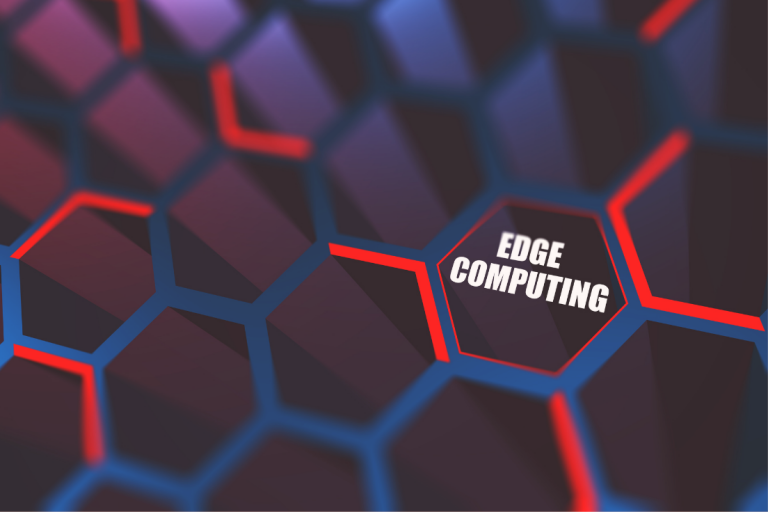As we can’t help but fail to mention in many of the articles we write, we humans are creating more and more data in each year that goes by. From the perspective of two business owners, ensuring that we’re safely managing, processing and storing (not to mention disposing of, when we need to) this data is an ongoing priority.
As a leader or data-responsible individual within any enterprise, you should be thinking the same.
And at the forefront of consumer and/or customer data security in this year is edge computing. It’s a paradigm with huge potential to reduce risk, increase processing speed, and ultimately ensure that private data is more secure than ever. Data breaches happen all around the world, all the time. Some we hear of – Adobe just this year, for instance, when over one hundred and fifty million records were compromised, or the AOL hack job which led to no less than ninety two million records exposed – but many we don’t. In any case, the outcome to both your business as a whole and those whose data is shared unwillingly won’t be a positive one.
So what does edge computing involve, and why should you implement it to protect the information your business creates moving forwards?
What is edge computing?
In layman’s terms, edge computing refers to the data you capture or create being processed and then stored in close quarters to its origin. That means less time spent ‘out in the open’, as it were, and a reduced chance of a security breach as such.
According to Gartner, less than 10% of enterprise-generated data is created and processed at the edge. However, it’s expected that this will soon grow to at least 75% by the year 2025. The Apple iPhone, to use an example, was an early up-taker of edge computing, whereby all Face ID information is processed right there in the palm of your hand – inside the very device itself.
Edge computing means data is captured, analysed, then stored – right here, right now.
Why is edge computing the future of secure data processing?
To put it simply, it’s a case of touch points and exposure. When data isn’t being processed through third parties, across time and space outside of where it was generated, there are fewer opportunities for it to become compromised.
By minimising the transmission of info altogether, you’re reducing the amount of exposure it gains and, along with it, the amount of risk it’s being placed at. That’s real-world value.
What about the cloud? Is cloud computing a thing of the past?
Of course not; nevertheless, the debate rages on about whether businesses should start shifting from a centralised processing/housing centre for data, many of whom currently rely solely on the cloud. When it comes to data processing, storage and security specifically, the cloud simply isn’t the only option enterprises have any longer.
Edge computing is about doing things locally, while cloud computing offers a wider network and bandwidth for doing so. That means they each have their optimum uses – and it’s down to your team to work out which places your business’ data health at the forefront.
A final point to consider, some food for thought if you like: like we mentioned before, we’re creating more data than ever. Chances are, the traditional data centre setup will soon become obsolete and unable to keep up with the processing and analysis anyway. By keeping your data local – confidential proprietary information certainly, but moreover that which pertains to your customers and consumers – edge computing is reshaping the way we protect the businesses we work so hard to build.
Will you be investing soon?






